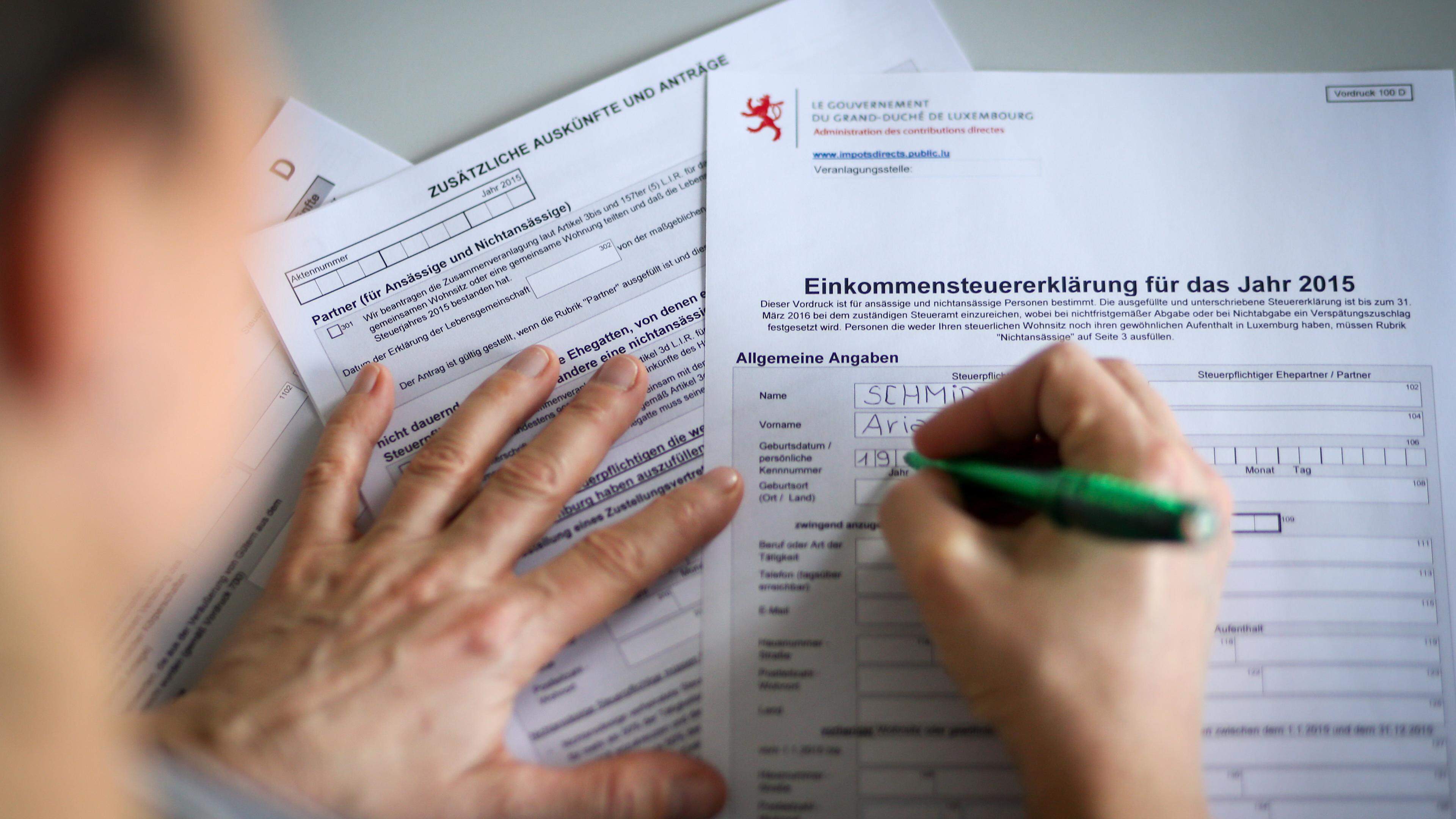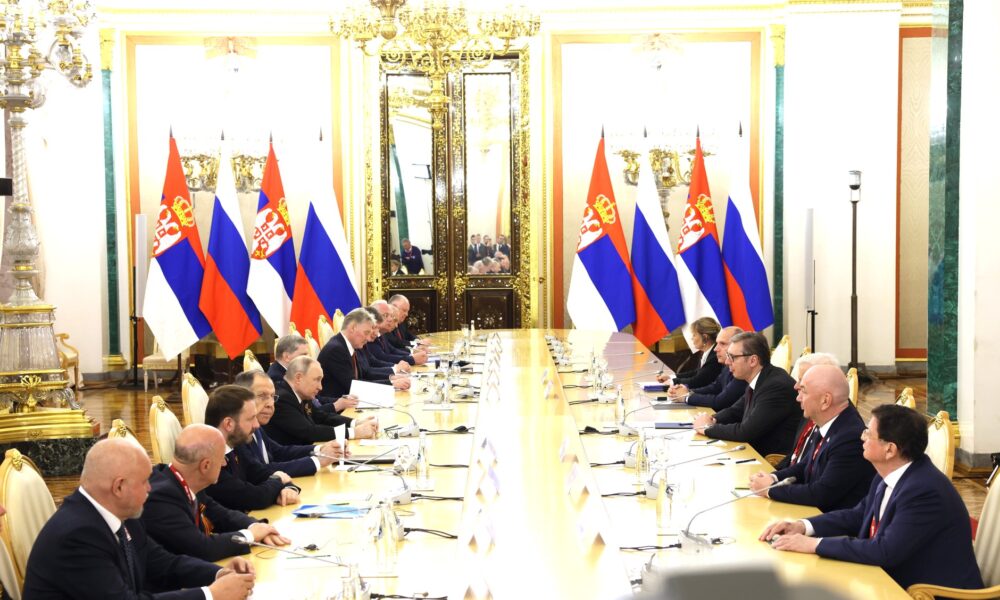Research rich in the safe management of nuclear waste is so bad that it has to be done again
/s3/static.nrc.nl/images/gn4/data132211919-718bfd.jpg)
An investigation into the environmental consequences of the storage of nuclear waste that State Secretary Chris Jansen (Public Transport and the Environment, PVV) had carried out is so below the measure that it has to be done again. The Environmental Impact Assessment Committee (EIA), an independent group of experts who checks MERS for accuracy and completeness, considers the quality of the research ‘insufficient’ to be able to assess the environmental consequences of the storage of radioactive waste.
The committee says in its advice that it was published on Friday that there are no indications of acute environmental risks, but that the study cannot conclude that the storage of nuclear waste takes place safe and responsibly. The environmental consequences are « hardly or hardly investigated, deepened, substantiated and partly incorrect ». The advice serves as an important element for the Upper and Second Chamber to be able to test whether political decision -making has been careful.
European rules
According to European rules, the State Secretary must make a plan every ten years for the safe storage of nuclear waste (the existing plan will expire this year). A environmental impact assessment must be drawn up on that plan that, for example, describes the effects on soil, water and air quality. The EIA states that those effects for the next five years will hardly change, because the waste policy does not change, and therefore do not have to be investigated further. For the period from 2030 to 2035, the State Secretary only wants to investigate later.
In the Netherlands, nuclear waste comes from the nuclear power plant in Borssele, the closed nuclear power plant in Dodewaard, the reactor for medical isotopes in Petten, the Uranium enrichment Factory in Almelo, the research reactor in Delft and from hospitals. The radioactivity differs greatly. Four cubic meters high-radioactive waste is produced in Borssele every year. A sea container full of low and central radioactive waste is also produced per year.
The COVRA organization, based in 1982 in Vlissingen, is responsible for the safe storage, but this situation has been regarded as temporary for a long time, until there is a definitive final storage where the waste can remain for thousands of years. Only in the year 2100 would a decision be made about the location and method for the final storage. Last year, the cabinet took over a advice from the Rathenau Institute to do this earlier, but no new steps are reported in the EIA.
‘Complex’
Chairman of the EIA Hans Mommaas committee says by telephone: « We understand that it is complex for the official device, especially since politics is always putting new wishes on the table, for example for extra nuclear power plants. » The cabinet is working on plans for a second and third nuclear power plant in Borssele and it wants to build two nuclear power plants later. It also investigates the possibilities for smaller nuclear power plants, so -called Small Modular reactors.
At the same time, care is of the greatest interest in an important and sensitive subject as nuclear energy, Mommaas emphasizes. « The waste from nuclear power stations remains active for thousands of years. So you have to come up with a solution very carefully, certainly because there may be much more high -radioactive waste than now. We have postponed this for a long time, but it will be really urgent by now. »
We read that the ministry is thinking about a mandatory registration for nuclear waste. We conclude that it does not yet exist
A problem is that most suitable locations for final storage in 2100 can no longer be available, because other buildings have been set for example.
The committee is surprised by the fact that, according to the Ministry, it is not always possible to find out how much waste individual companies actually produce. Mommaas: « We read that the ministry is thinking about a mandatory registration for nuclear waste. We note that it does not yet exist. »
‘Hard to read’
The committee has difficulty with the level of the piece. She writes in her advice: « The entire report is difficult to read by the foreign sentence constructions and the many repetitions. There seems to be a ‘bad’ translation from English. The writers seem to have a limited understanding of the Dutch situation and context. »
Mommaas: « It is clear that this EIA was produced under great hurry, otherwise there would have been a few things corrected. The text has frowned with us many eyebrow. We do not see that it is so short. »
The committee emphasizes in its advice that more than sixteen hundred citizens, organizations and companies have given their views on the new waste plan and the accompanying EIA. « We have read it all, » says Mommaas. « Although a choice of location is not yet on the agenda for the final storage, you can see from the large number of reactions that there are major concerns about it in society. That is why it is also very important to carefully go through the entire process around nuclear waste. Then we can discuss this subject with each other in a transparent way. »
« A pattern is signed, » says the chairman. « We conclude that the political wish for more policy is easy to formulate, but that implementation is unruly. For example, the nitrogen problem is difficult to solve, there are a risk of major deficits in the drinking water supply and we still have an energy transition that is not easy. There is still time to do the decision -making around nuclear waste. Let’s use that time. »

/s3/static.nrc.nl/images/gn4/data132330285-3498ff.jpg)
/s3/static.nrc.nl/wp-content/uploads/2025/05/16085454/web-1605BUIbrown.jpg)
/s3/static.nrc.nl/wp-content/uploads/2025/05/16085742/web-1605BINbrand2.jpg)



